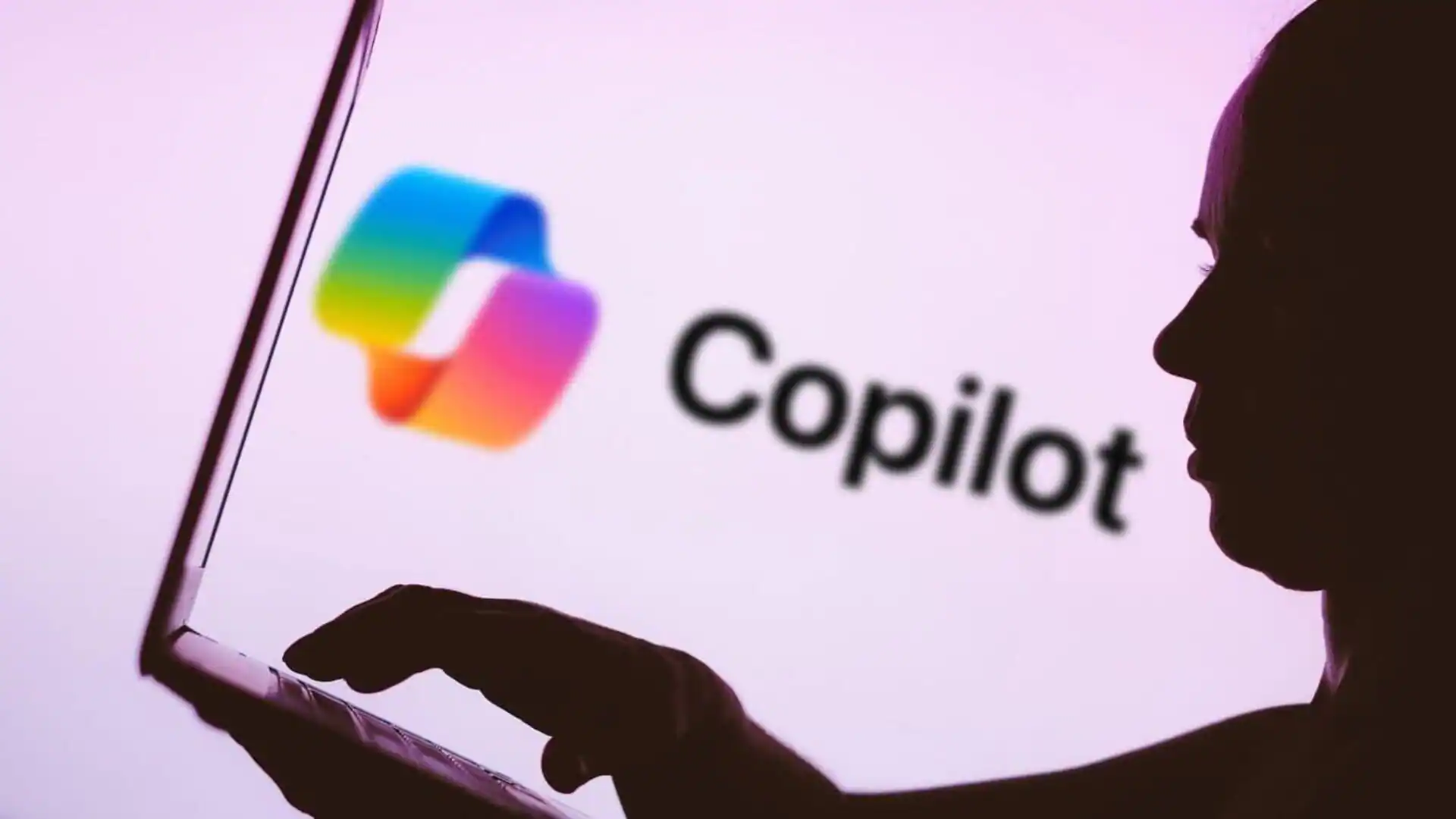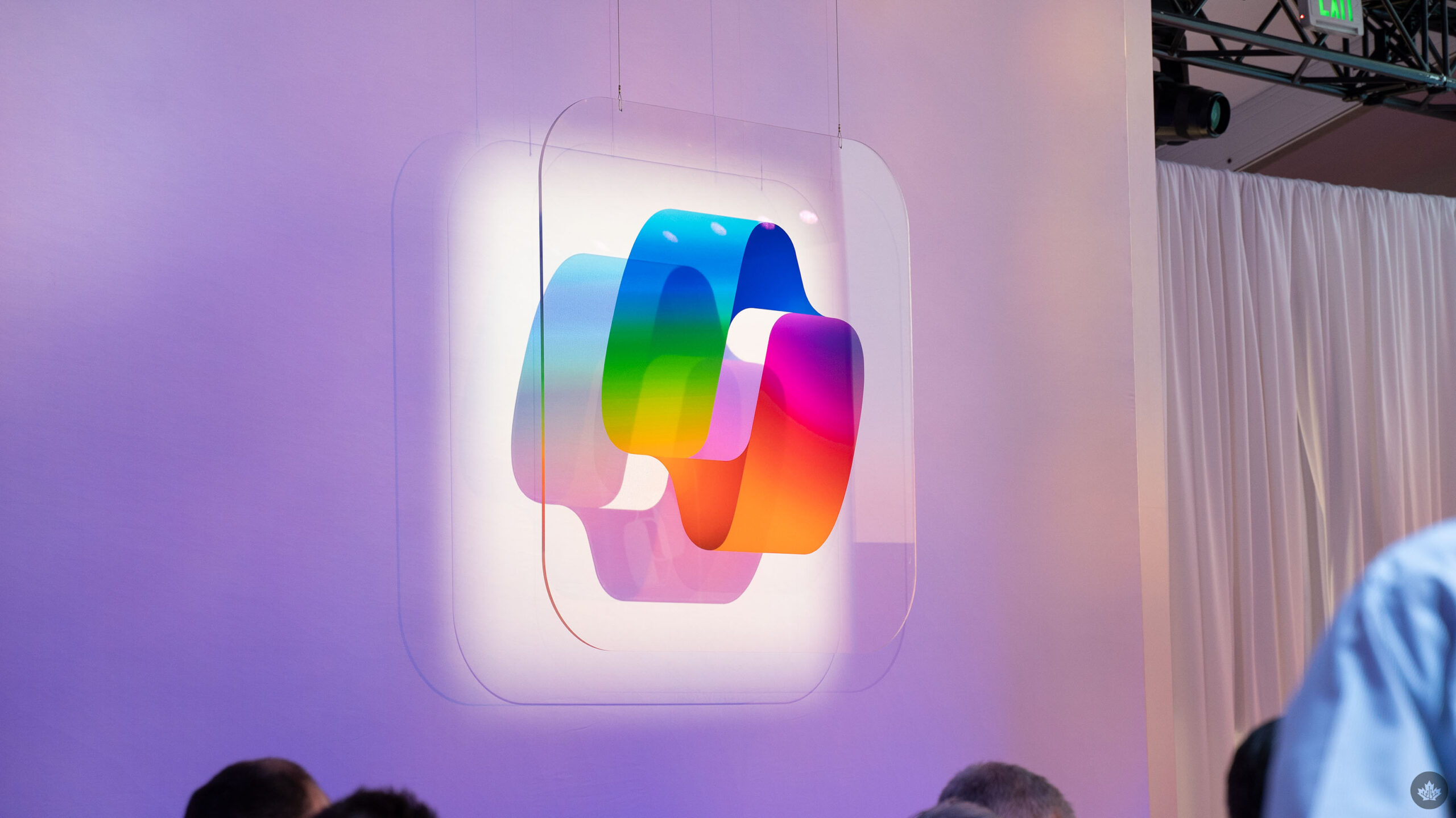Microsoft has started testing a new feature called Copilot Vision on Windows PCs, marking a step forward in AI-assisted user interfaces. This feature allows Windows to visually understand what users are doing on their screens and suggest helpful actions in real time. Initially teased in December for Microsoft Edge, Copilot Vision now makes its debut as a fully integrated Windows tool, promising more intuitive support for complex applications.
Copilot Vision Impresses at Demo, Offers Visual Guidance with User-Controlled Activation
During Microsoft’s recent 50th anniversary event, Copilot Vision stood out with a compelling demo that walked users through advanced software like Adobe Photoshop. By visually guiding users through app features, Copilot Vision showed the potential to simplify steep learning curves. The feature was praised for its promise to assist users in ways that current help systems can’t match, making it one of the highlights of the event.

Copilot Vision isn’t enabled by default. Users must manually activate it by clicking the “binoculars” icon within Copilot and selecting the app they want help with. This opt-in approach gives users control over when and how Copilot Vision interacts with their workflow—an important consideration for privacy. While promising, questions remain about how accurate and context-aware the tool is, especially in sensitive scenarios like managing personal finances.
Copilot Vision Rolls Out Slowly, Adds Smarter File Search with Semantic Capabilities
Microsoft is rolling out Copilot Vision gradually through the Microsoft Store rather than Windows Update. To try it, users must be enrolled in any of the Windows Insider programs and update to Copilot version 1.25034.133.0 or higher. For now, access is limited to US-based users, and availability may vary even among Insiders. As with many new features, a staggered rollout means some users may have to wait a bit longer.
Alongside Vision, Microsoft is introducing desktop file search as part of the Copilot update. This feature allows users to search for files using natural language queries like “Where is my resume?” or “Find my trip-planning document from last week.” It supports various file types, including Word, Excel, PowerPoint, PDF, and JSON. This aligns with Microsoft’s broader push toward semantic search, a new Windows 11 capability focused on making file retrieval more intuitive and efficient.




